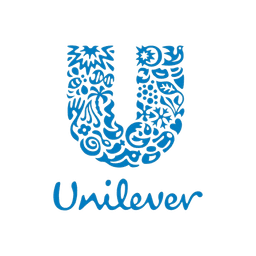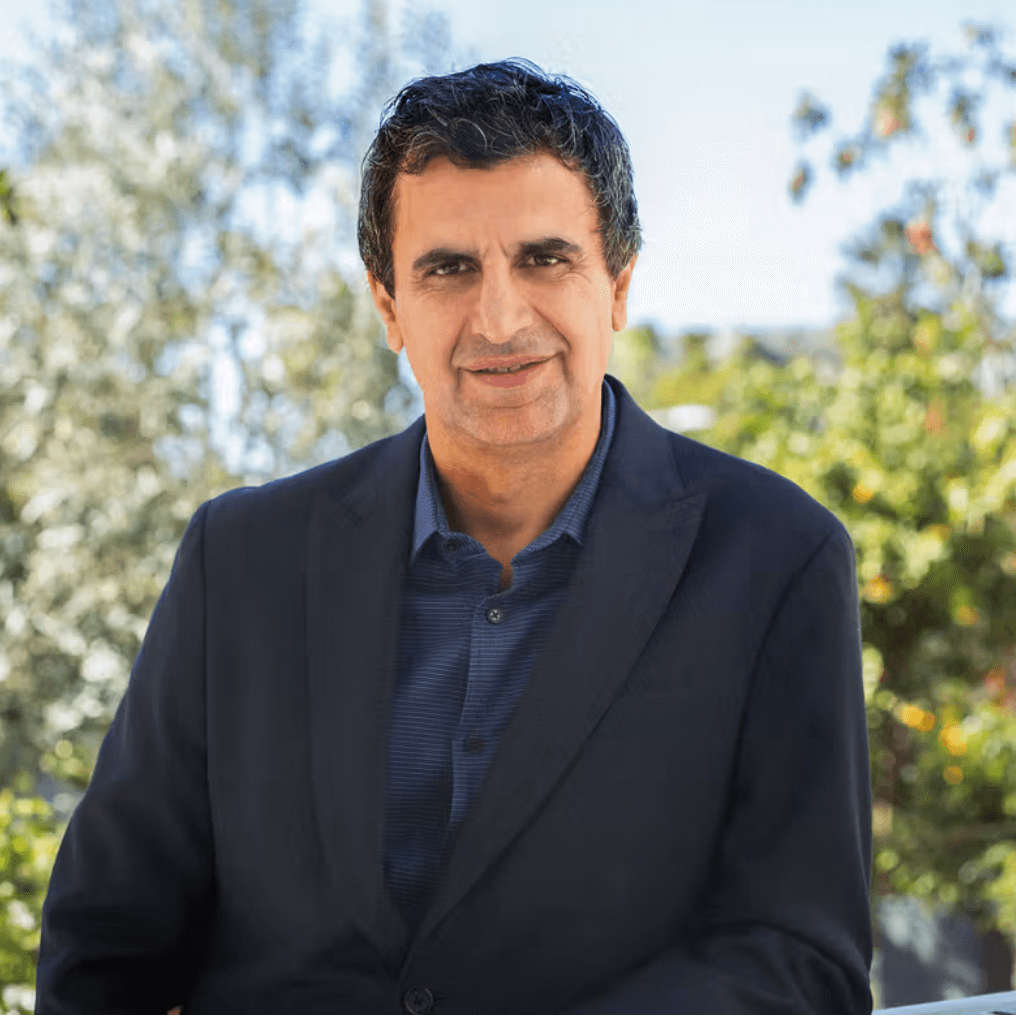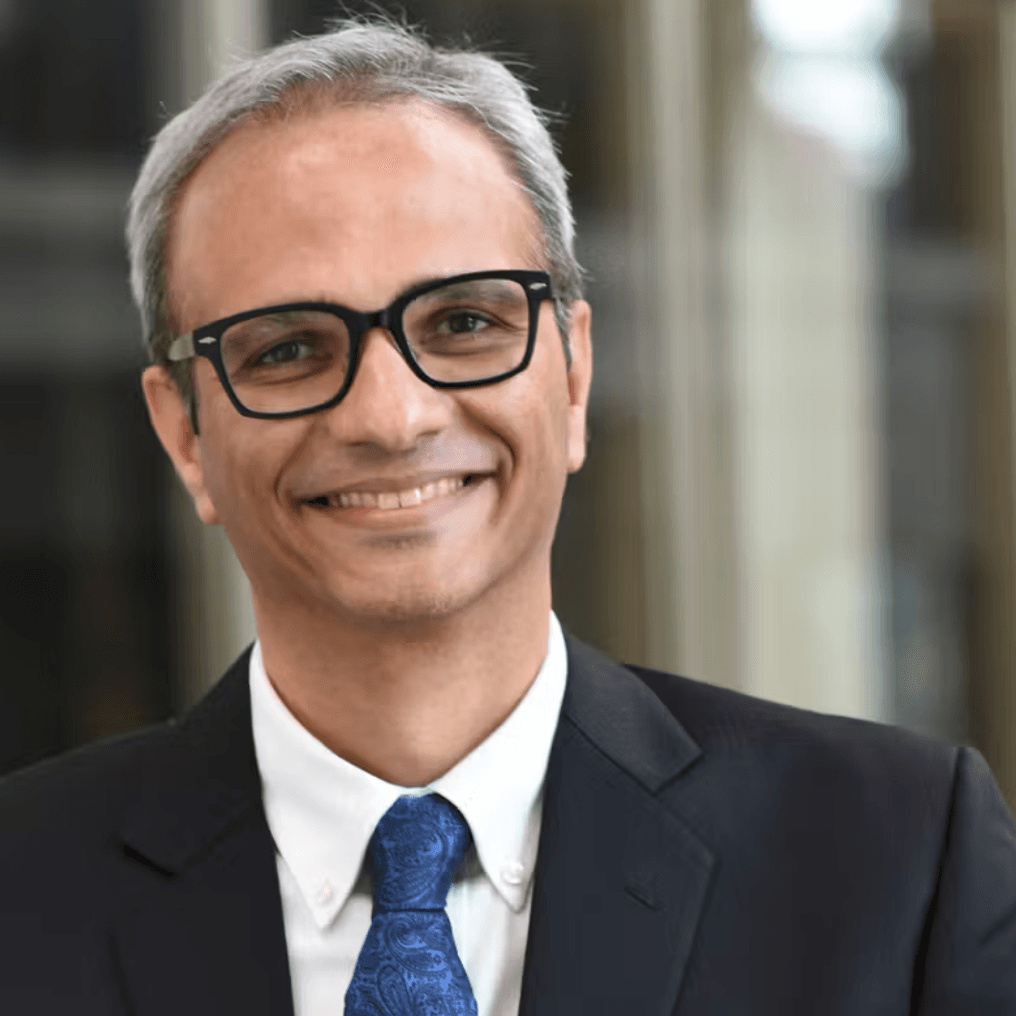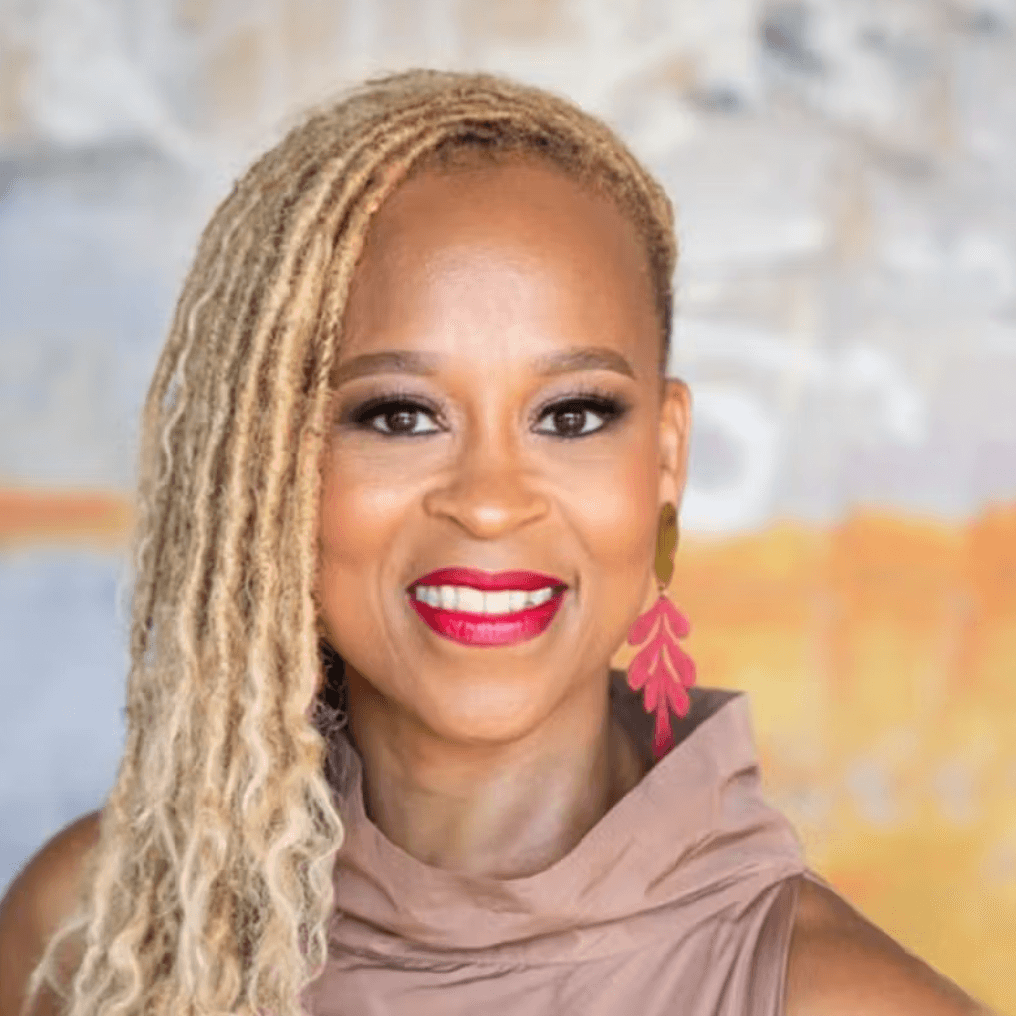Desire at Scale
Power Brands like Dove and Vaseline driving double-digit growth through influencer-led campaigns

An overview of the main reasons to invest and the key risks involved.
Power Brands like Dove and Vaseline driving double-digit growth through influencer-led campaigns
Dominant India share and digital reach should drive a volume and pricing growth runway
Sustained volume momentum in the US with four consecutive quarters above 4% growth; now a hub for global brand innovation
Complexity in LATAM and channel disruption in China challenge scalability
Influencer-led marketing increases brand control and compliance risk
Premiumisation strategy depends on sustained consumer trade-up amid inflation
Unilever is one of the world’s largest consumer goods companies, with a focused portfolio across Beauty & Wellbeing, Personal Care, Home Care, and Foods. Following the 2025 demerger of its Ice Cream business, the company operates as a leaner, higher-margin platform anchored around 30 Power Brands representing over 75% of revenue. With a presence in over 190 countries and deep retail relationships, Unilever combines scale with local intimacy. These Power Brands, from Dove to Hellmann’s to Vaseline, are now supported by a modernised go-to-market strategy, shifting from mass marketing to data-driven, influence-led brand building. As a result, Unilever has repositioned legacy brands for younger, digitally native audiences without sacrificing category leadership.
This reset matters to investors because the Unilever of 2025 is a different company: margin accretive, growth-focused, and culturally attuned. The company has delivered its strongest volume growth in over a decade, expanded gross margins to 46.6% post-ice cream, and increased brand investment to 15.5% of turnover. With India and the US as twin growth engines, Unilever is scaling premium and digital-first brands through a repeatable model of "Desire at Scale" marketing and Perfect Store execution. Its decentralised accountability model, simplified leadership structure, and strategic divestments have created a more agile organisation capable of delivering consistent UVG >2% and top-third TSR performance in the global consumer sector.
Overview of buy and sell case of the business.
Key pieces of information about the business that you need to know about.
Unilever has fundamentally redefined how it builds brands. Moving beyond legacy marketing approaches, it now anchors product development and engagement strategy around "SASSY" brand attributes: Science, Aesthetics, Sensorials, Said by others, and Young-spirited. This framework has transformed heritage brands into culturally relevant, social-first growth engines. For instance, Vaseline was relaunched by surfacing real user hacks, co-creating with influencers, and validating efficacy through science, driving over 10% underlying volume growth (UVG). Dove, meanwhile, has leveraged TikTok collaborations and co-branded activations like Crumbl Cookies to deliver outsized engagement and volume.
The Desire at Scale model is not just creative; it is highly systematic, underpinned by four "V" principles (Variety, Virality, Velocity, Validity), allowing Unilever to codify success and replicate it across regions, demographics, and channels. As media fragments and traditional advertising wanes, this shift gives Unilever a repeatable engine for relevance, scale, and growth.
Unilever’s emerging market exposure is unrivalled, 56% of group turnover, with deeply entrenched positions in India, LATAM, Africa, and Southeast Asia. In India, the company holds 2.5x to 4.5x market share vs. its nearest competitor in core categories like skincare, haircare, and dishwash. But what makes this footprint so powerful now is the company's shift toward premiumisation. Through acquisitions like Minimalist (skincare) and Oziva (VMS), Unilever is capturing affluent, younger consumers in urban India.
At the same time, its B2B platform (Shikhar) is digitising 1.4 million retailers, allowing targeted distribution, direct reach, and dynamic pricing. This tech-led infrastructure modernises Unilever’s mass-market engine, supporting higher-margin SKUs without losing volume share. As India and other EMs experience secular GDP growth and demographic tailwinds, Unilever is structurally set up to capture value across both mass and premium segments, reinforcing volume growth while expanding margin.
Historically a margin anchor, the US is now Unilever's premium growth laboratory. Since 2019, the company has reshaped its portfolio in North America through brand exits (e.g., Dollar Shave Club, Suave) and bolt-on acquisitions (e.g., Liquid IV, Nutrafol, Paula’s Choice, Tatcha). As a result, 76% of US sales now come from Beauty & Wellbeing and Personal Care, compared to just 59% in 2019. This pivot has been supported by a clear go-to-market strategy: digital-first launches, high-impact influencer collaboration, and perfect store retail execution both online and offline.
Unilever now ranks #1 in Personal Care and Foods among US retailers, and overall #2, per a survey of 130 top retailers. More importantly, the US has transitioned from an execution market to an innovation exporter, launching new brands and marketing blueprints that are being replicated globally. With 4+% UVG for four straight quarters, the US is not only a high-growth node in Unilever’s portfolio, but a strategic nucleus for global brand-building and premiumisation.
The key events that could drive investment opportunities and shift markets.
Ice Cream Demerger Completion: Unilever’s spin-off of its €8.3bn Ice Cream unit, which has now completed, will immediately lift gross margins and operating leverage. It also streamlines operations by removing a seasonal, capital-intensive business, freeing up focus and capital for reinvestment behind core Power Brands in Personal Care, Beauty & Wellbeing, and Foods. Management anticipates enhanced dividend capacity and improved investor clarity post-separation.
Q4 Acceleration in China & Indonesia: China’s reset in distribution, along with channel strategy revisions in live commerce and digital shelf presence, positions the market for stronger exit run-rates. In Indonesia, recent improvements in price-to-value innovation and distribution are starting to unlock recovery. Q4 is expected to show sequential improvements as new marketing campaigns and innovation cycles come to market in both countries.
India Premium Portfolio Expansion: Unilever’s India strategy is shifting from mass-market dominance to premium category leadership, especially in beauty and wellness. Acquisitions like Oziva and Minimalist are being scaled through Unilever’s 9 million-store reach and digital capabilities. Over the next 2–3 years, these brands are expected to contribute disproportionately to growth, as Indian consumers trade up and adopt clean-label, functional products. This transition also improves margins while deepening brand equity.
Dove, Vaseline, Hellmann’s Globalisation: Unilever’s repeatable brand-building model is enabling the expansion of hero brands across new markets. Dove’s social-first campaigns, Vaseline’s hack-led repositioning, and Hellmann’s culinary content model are rolling out across LATAM, Africa, and Southeast Asia. These brands benefit from proven frameworks, influencer ecosystems, and clear playbooks, making the international scaling capital efficient and more predictable.
Gross Margin Expansion Engine: Management is targeting a step-change in gross margin performance through a combination of four structural levers: mix improvement, procurement optimisation, SKU rationalisation, and Perfect Store execution. This approach supports a long-term goal of sustaining underlying operating margins above 19.5%. With the exit of Ice Cream and reinvestment in higher-margin categories, Unilever expects a structurally stronger financial profile.
US/India to 45% of Revenue: Over the long term, Unilever aims to reweight its geographic footprint toward the US and India, two structurally advantaged, high-growth, brand-driven markets. The US is increasingly a global brand export hub and India offers unmatched volume leverage. By FY2028, these two markets could collectively represent 45% of group revenue, enhancing growth visibility, brand scalability, and portfolio resilience.
Key pieces of information about the business risks that you need to know about.
LATAM remains one of the most volatile parts of Unilever’s portfolio, plagued by macroeconomic instability and FX volatility. In Brazil, pricing missteps in laundry and shifts in deodorant formats have impacted growth. Indonesia remains a challenging market for premium SKUs due to affordability gaps, while China’s fast-evolving digital commerce ecosystem has required repeated resets. These geographies demand rapid local execution and pricing agility, making Unilever’s performance dependent on country-level excellence.
Unilever’s influencer-led marketing model, with over 12,000 influencers in India and 17,000 in the US, creates reach and authenticity but adds governance complexity. Without strict controls, there’s potential for inconsistency, regulatory breach, or backlash. Global ad regulators are increasing scrutiny on influencer disclosures, making compliance more critical. While Unilever has invested in vetting systems, managing scale with integrity will remain a reputational risk factor.
Unilever’s margin expansion hinges on consumer willingness to pay more. But economic stress or inflationary periods could reduce appetite for premium SKUs. In value-sensitive regions or categories (e.g., Home Care), price elasticity may erode mix benefits. Competitive pricing or innovation from rivals could also undercut premium strategies. Sustained growth depends on maintaining perceived differentiation and value, not just higher prices.
Quickly navigate key insights from industry experts and leverage their knowledge and market intelligence.

"The importance of high quality creative and content that breaks through and gets noticed has never been so crucial."


Investment Analyst
3K+ audience
Unilever is a consumer staples stalwart, with its brands recognisable throughout the world. Its stock price has fluctuated throughout 2025 as it has navigated...

Stock analyst
6K+ audience
Unilever sales rose more than expected in the second quarter, driven by personal care brands such as Dove soap and a strong performance in the ice cream division it plans to spin off...
Access the most recent investor updates published by the company.
Unilever PLC named acting Chief Financial Officer Srinivas Phatak to the role after his predecessor was promoted to chief executive officer earlier this year.
A curated collection of third-party content relevant to the company and sector to help inform your investment decision.
Creamy textures and honest ingredients can satisfy the consumer of plant-based ice cream and desserts. Ice cream and dessert trends highlight that brands
US personal spending rose at a solid clip in August for a third month, suggesting consumers continued to power the economy despite elevated inflation.
Meet the experienced professionals leading our organization




Here are the questions that professional investors are asking before making an investment decision.
Unilever is targeting a consistent >2% UVG from 2026 onwards, and recent performance offers a credible base. In FY24, the company posted 2.9% UVG, followed by 3.9% in H1 2025. The spin-off of the Ice Cream unit, which has just completed, should structurally improve group consistency and agility. Post-demerger, gross margins are expected to lift to 46.6%, freeing up resources to reinvest in high-performing Power Brands. Management’s shift in strategic focus, from volume sacrifice for margins to sustainable growth, has been embedded operationally through simplified reporting lines, market-level P&L accountability, and execution metrics. If current trends persist, Unilever could position itself as one of the most dependable volume-growth stories in global staples.
Unilever’s SASSY framework is designed to merge science-backed product claims with consumer-led advocacy, which has delivered strong results in Personal Care and Beauty. Scaling that model across other categories, like Home Care and Foods, requires careful adaptation. The company now operates an internal infrastructure that segments influencer selection by content tier, region, and risk, and runs compliance monitoring across campaigns. For example, Vaseline’s turnaround was driven by co-created content validated in lab tests, then amplified through peer networks. In the US and India, the company works with over 29,000 influencers across multiple brands. While this model introduces reputational risk, Unilever’s internal control processes and alignment with local disclosure regulations help mitigate it. Investors are asking whether these systems can flex at scale and deliver both ROI and brand integrity. So far, early evidence supports that view, but long-term success depends on discipline and responsiveness.
Yes, and this marks a fundamental shift. Unilever has transformed its North America business from a margin drag into a strategic launchpad for premium brands. Today, 76% of US revenue comes from Beauty, Wellbeing, and Personal Care, up from 59% in 2019, thanks to both disposals and targeted acquisitions. The market has also become a blueprint for global brand scaling. Liquid IV, Nutrafol, and Tatcha are all US-first brands now expanding internationally. Additionally, retail relationships have strengthened: Unilever ranks #1 in Personal Care and Foods, and #2 overall in a survey of 130 top US retailers. Its execution in e-commerce and retail media is also setting the standard for other regions. The company now treats the US not just as a market, but as a growth model to export. Investors are asking whether this performance can be sustained, so far, four consecutive quarters of 4%+ volume growth say yes.
Unilever is aiming to push underlying operating margins from 18.4% in FY24 to over 19.5% in the medium term, with gross margin expansion as the central lever. The exit from Ice Cream, which operates at significantly lower margins, is expected to lift the consolidated margin profile. Beyond mix, the company is investing in procurement optimisation, SKU rationalisation, and Perfect Store execution to reduce promotional leakage and drive price discipline. Management has also highlighted its ability to scale global innovations more efficiently, reducing launch costs while improving incremental profitability. Digital investment is supporting pricing precision and resource allocation at the shelf, both online and offline. The shift to premium in Beauty, Prestige, and Functional Foods will support these goals. However, management stresses modest but consistent progress, not dramatic margin expansion, aiming for a steady TSR top-third position in staples.
India is increasingly positioned as Unilever’s next strategic growth engine, akin to what China was for global FMCG a decade ago. The company holds dominant category share across Personal Care, Skin Cleansing, and Nutrition, often exceeding 50% penetration. In recent quarters, volume growth has accelerated to ~4%, with new leadership and portfolio investments poised to push it higher. Bolt-on acquisitions like Minimalist (skincare) and Oziva (VMS) are aimed at capturing premium demand from younger, health-conscious urban consumers. Distribution remains a key advantage, with 3 million stores served directly and over 1.4 million digital retailers onboarded via Shikhar. The government’s economic stimulus and food deflation are expected to support household consumption. Investors are focused on whether Unilever can scale new growth categories in India without cannibalising its value-led core. Early signs suggest the dual-track model, mass plus premium, can deliver compounding results over the long term.


Unilever
Driving desire at scale through premium brands and cultural relevance

LSE:ULVR
GBp4891.000.02%
107.00b
22.09
5m
Pricing delayed 15 mins. Dec 19, 2025 11:00 PM